Burnet officinalis
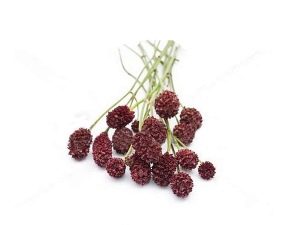
Medicinal burnet (it is also called glandular or pharmacy) is a herbaceous plant of the Rose family (genus Burnet).
The name of the plant is associated with its hemostatic effect. In the people, this perennial is also called blackhead, cold grass, rowan, fieldfare, owl arrow, hernia, redhead, snake potion and many other names.
The Latin name is Sanguisorba officinalis.
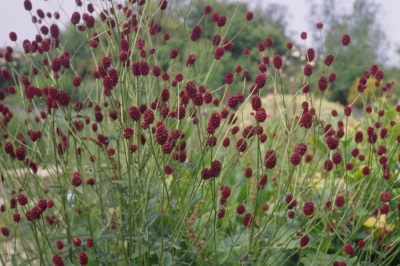
There is also a small burnet (lat. Sanguisorba minor). It looks like a medicinal (large), but its height is 3 times less.
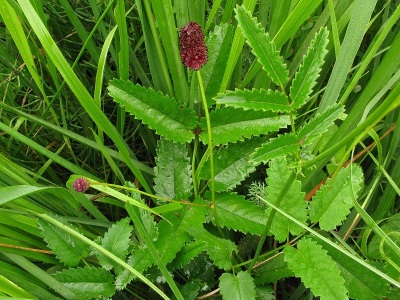
Appearance
- The stem of the burnet is often single and straight, but branches in the upper part. Its height is from thirty to ninety centimeters.
- The rhizome of the plant is located horizontally, it is long (up to 12 cm) and thick, with many thin roots.
- In the lower part of the stem, the leaves are large, with a long petiole, dark green above and a soft bluish-green below. Above - leaves are sessile, oblong in shape.
- The burnet blooms with small flowers of dark red color in July and August. The lifespan of a plant in nature is up to forty years, when grown - an average of 7-8 years.
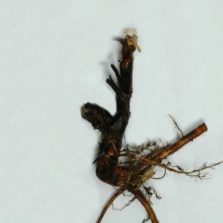
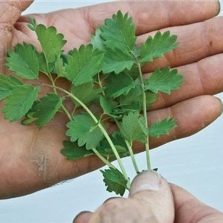
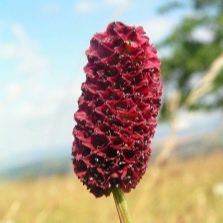
Kinds
About 27 species of plants are known, but not all types of burnet are widespread and useful.
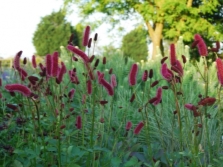
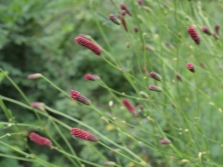
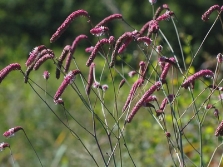
Where does it grow
You can see the burnet on the banks of swamps and rivers, in meadows, along the edges of cliffs, in glades and on the edges.The plant is quite common in Asia (in regions with a temperate climate), in Europe, as well as in North America. In Russia, burnet grows in the forest-steppe, steppe (partially) and forest zones. It can be found in the Far East, and in the Caucasus Mountains, and in the European part of the country. For harvesting medicinal raw materials from burnet, it is planted most of all in Siberia, as well as in the Urals and Tatarstan.
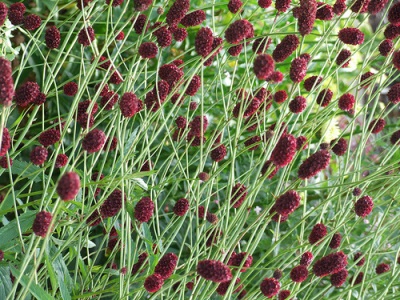
spice making method
The main part of the plant used for the preparation of medicinal decoctions is the rhizome. Its preparation is carried out during fruiting - when the pharmacy burnet attracts attention against the background of other herbaceous plants with flowers of a dark red hue. The plant is dug up, not pulled out. In order for the burnet thickets to remain, some of the plants (one or two per ten m2) are left, and the harvesting in the same place is repeated ten years later.
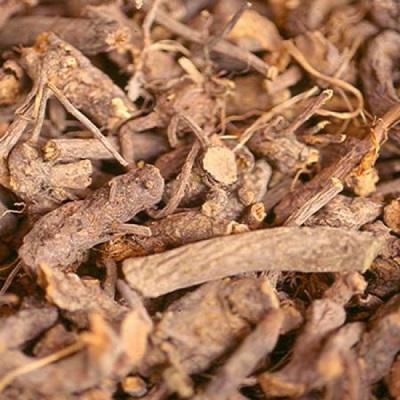
Warning:
- Dug out rhizomes should be shaken off the soil, cut off from the stems and washed in cold water.
- After drying the rhizomes a little, they are cut into pieces 20 centimeters long.
- Next, they need to be laid out in the fresh air so that the raw materials are dried in the sun. Drying can also be carried out in the oven (45 degrees), in the dryer or in the attic. At the same time, the rhizomes should not be laid out on metal grates or baking sheets, so that they do not turn black and lose their medicinal properties.
- To determine whether the raw materials are dried, a check will help - the roots should not bend, but break. Raw materials harvested in this way are stored for up to 5 years.
Peculiarities
- The smell of raw materials prepared from this plant is practically absent, the taste of rhizomes is astringent.
- Medicinal burnet is included in the Red Book of Latvia, some regions of Russia and Ukraine.
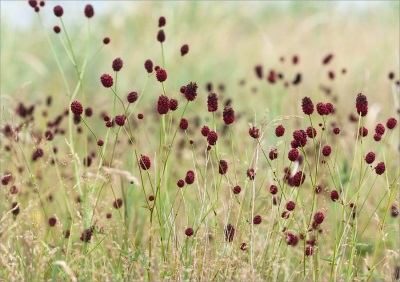
Nutritional value and calories
In 100 grams of the product (rhizomes): 121.6 kcal
The nutritional value:
- 5.8 g protein
- 1.8 g fat
- 21.3 g carbs
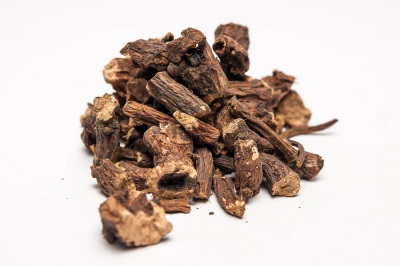
Chemical composition
- Starch (30%).
- Tannins (16-23%).
- Essential oil.
- Acids - gallic, ellagic, ascorbic (in leaves).
- Coloring substances.
- Saponins.
- Calcium, iron, magnesium, potassium.
- Barium, zinc, chromium, lead, strontium, manganese, nickel, cobalt, copper, aluminum, vanadium, selenium, boron, iodine.
Beneficial features
The hemorrhage has:
- wound healing and anti-inflammatory properties;
- diuretic effect;
- hemostatic effect;
- astringent and enveloping influence;
- tonic effect;
- anticonvulsant effect;
- the ability to stimulate the work of the heart;
- analgesic effect;
- benefit for diarrhea.
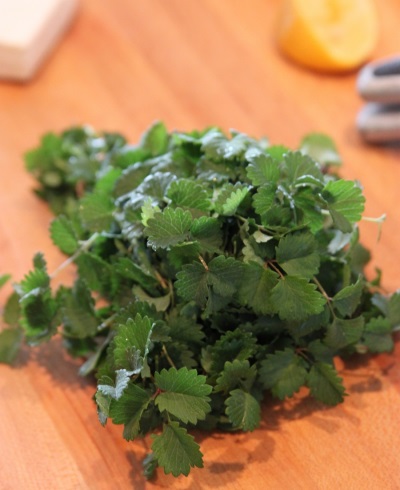
Contraindications
The plant has the ability to constrict blood vessels, therefore, in case of hypertension, it is used with caution and only after consulting a doctor. Also, burnet is not recommended for use with:
- constipation;
- individual intolerance;
- pregnancy;
- breastfeeding.
Application
In cooking
The burner is used:
- as early greens (leaves are consumed for their fresh cucumber smell);
- as a component of salad and sandwich masses;
- as an ingredient in soups;
- in addition to fish and meat dishes (added in the form of dried or fresh herbs);
- for making tea (from dried leaves, to which mint, raspberry, blackcurrant and St. John's wort leaves are added);
- as a flavoring and coloring additive in wines, tinctures and other drinks.
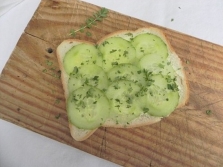
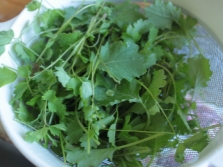

Salad with burnet
Rinse fresh young leaves of the plant (40 grams), dip in boiling water for a minute, then dry a little and chop.Cut 50 grams of boiled potatoes and 20 grams of green onions, add to burnet, season with sour cream and salt.
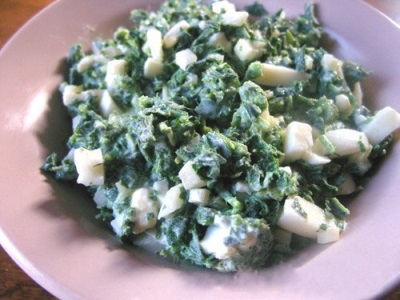
Burnet tea
Take in equal parts St. John's wort and burnet in the form of dry grass. Add other dried herbs to them. Store dry in a closed container. Brew like regular tea.
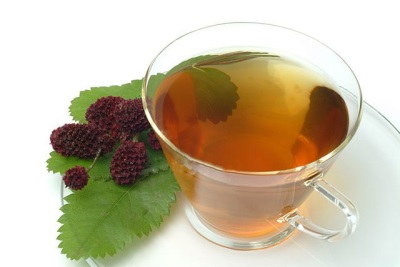
In medicine
Medicinal properties in burnet were identified and began to be used in the 16th century.
The rhizomes of the plant are used for medicinal purposes. Infusions, extracts, and decoctions are prepared from it.
- Burnet infusions have a bactericidal effect. They also have an astringent effect.
- Plant extracts are used for diseases of the stomach and intestines, in particular for dysentery, typhoid fever and Escherichia coli.
- The most demanded burnet for its hemostatic effect. The plant is used for uterine, as well as for hemorrhoidal bleeding.
- Burnet is included in antidiarrheal fees.
- Externally, the plant is used for trophic ulcers, burns, purulent conjunctivitis, wounds, stomatitis, and some gynecological diseases.
- Homeopaths use burnet to treat dysentery, thrombophlebitis, lung diseases, and cancer.
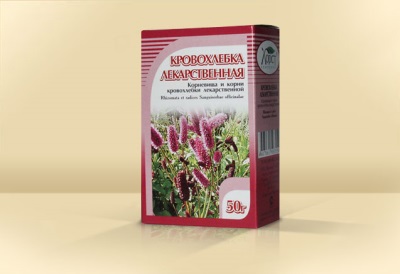
Bactericidal decoction
Place 6 grams of raw materials in an enameled container, pour boiled hot water (200 ml), cover and hold for half an hour in a water bath. After 10 minutes of cooling and straining, add boiled water to make 200 ml and keep refrigerated for up to 2 days. Take this decoction at a dose of 1 tablespoon up to 6 times a day after meals. It has astringent, hemostatic and antimicrobial action.
With oncological pathologies, diseases of the digestive system, thyroid gland and nasopharynx
Place the crushed burnet rhizomes in a 3 liter jar (fill 1/2, then top with vodka). Use the medicine after a month, but filter only after 2-3 months. Take 5-6 times a day for 2 tables. spoons. You can also lubricate the resulting tincture of wounds that are difficult to heal.
With dysentery and purulent conjunctivitis
Insist a tablespoon of rhizomes, filled with 300 ml of boiled water, for 8 hours. After straining the resulting infusion, consume 1/4 cup three times a day before meals.
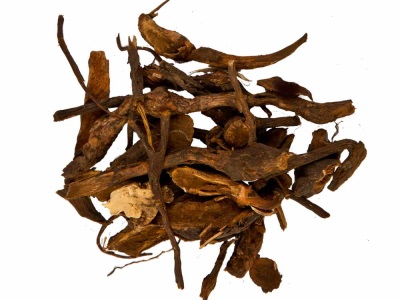
For diarrhea in children
Give your child 1 teaspoon to 1 tablespoon burnet decoction (adjusted by age) every 3 hours until better. Also, a decoction can be used for enemas.
With myoma
A collection is recommended, which includes the burnet plus the hog queen in equal proportions. Fill the table. a spoonful of raw materials with a glass of hot water, leave for 10 minutes, then take three times a day at the table. spoon until cured.
Erosion and trichomonas colpitis
Table. pour a spoonful of burnet into 200 ml of water and boil over low heat for about 30 minutes. Leave to infuse for four hours, then use the resulting remedy as lotions and douches, or take it orally. Douching should be stopped a few days before menstruation, and resumed 2-3 days after they end.
At home
- Burnet is considered an excellent fodder grass.
- The plant is also a good honey plant.
- If the burnet grows on the site and you dig it up, then saturate the earth with vitamins and useful minerals.
- Dried herbs are added to tinctures, wines, and other drinks to add color and flavor.
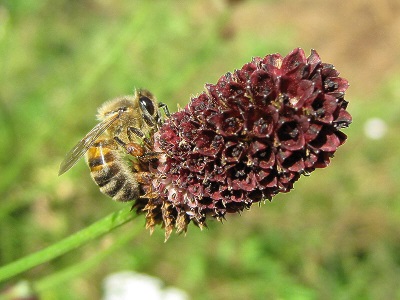
Varieties
Medicinal burnet is the most common in gardens, because young plants are easily grown. It is best to transfer them to the garden in August or early autumn (if the burnet is planted in the spring, it will take longer to take root and grow more slowly).
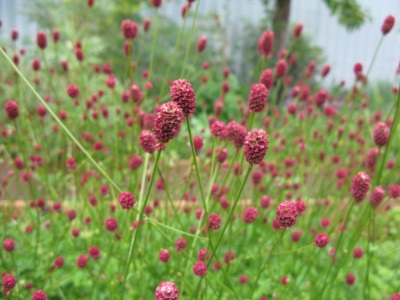
Varieties:
- The plant has attractive varieties - Pink Tanna (pink flowers) and Tanna (bright red flowers).
- The variegated burnet has burgundy flowers, and the leaves are distinguished by a white border around the edges. Since this variety blooms relatively late, it is more in demand in the southern regions.
- Gardeners love blunt burnet, distinguished by coral-pink colors.
- The Alba variety has white inflorescences.
- Also common (especially in rock gardens) is a magnificent burnet - a low plant with bluish leaves and pink inflorescences.
Tall varieties of burnet fit perfectly into flower beds and lawns:
- Canadian burnet attracts with a 2-meter height and white inflorescences.
- Alpine burnet is distinguished by inflorescences of a yellow-green hue.
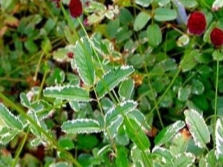
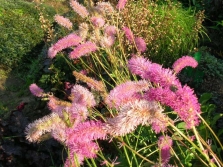
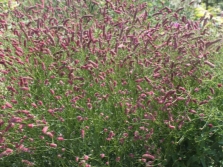
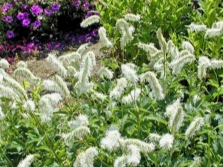
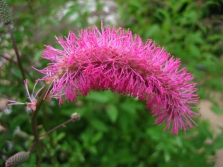
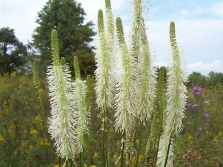
cultivation
The plant tolerates winter remarkably. This unpretentious, attractive and non-aggressive plant, which grows well on any soil, is not afraid of either the sun or shade, is resistant to diseases and various pests, can grow in one place up to forty years. These features turn the burnet into a perennial, which is very much in demand in gardens. Under favorable conditions, the plant becomes taller, with many leaves and abundant flowering. If you plant burnet of different varieties, the plants will pollinate, as a result of which different hybrid options will appear in the garden. It is preferable to sow burnet before winter. To prevent self-seeding, it is important to remove flowering inflorescences in time.
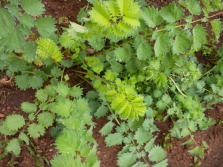
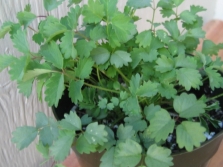
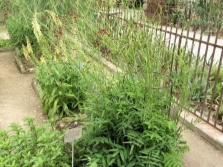


















The name of the plant, of course. undeserved. But my grandmother did often use burnet in folk medicine and always considered it one of the best herbs.